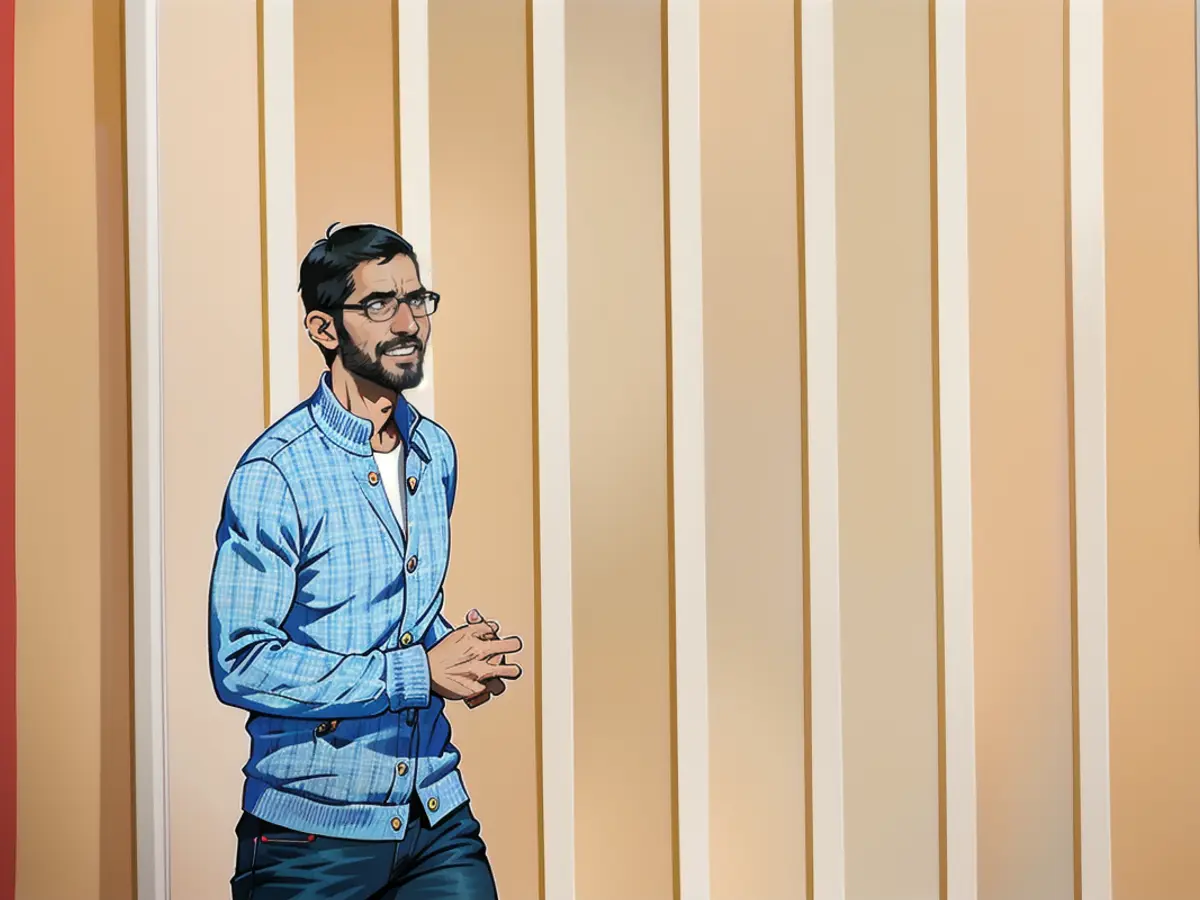Google demonstrates AI integration in Gmail, Photos, and shopping.
During its yearly Google I/O developer event, the tech giant unveiled a plethora of updates. These developments are part of Google's strategy to move past its core advertising business and explore new product lines and AI-equipped tools.
Google CEO Sundar Pichai demonstrated a range of innovative features driven by their latest AI model, Gemini 1.5 Pro, including the Ask Photos tool that lets users find deeper information in saved images. For example, they can query when their daughter first learned to swim or their license plate number, just by browsing through previous photos.
Additionally, Google showed how Gemini 1.5 Pro could read textbooks and transform them into a kind of AI-powered lecture with lifelike instructors who can respond to your queries.
Emails are also receiving AI enhancements. Pichai demonstrated how Gmail users can now have the AI summarize recent correspondence from their child's school, analyze attachments, distill crucial information, and generate action items.
On the very same day, OpenAI, a top player in the AI sphere, presented their new AI model, GPT-4o, which is designed to enhance ChatGPT's capabilities. This sleek improvement aims to convert ChatGPT into a virtual assistant capable of real-time, spoken interactions and text and "vision" engagement. This means it can analyze uploaded documents, charts, screenshots, and images, and then engage in meaningful conversations about them.
Read also:
- Telefónica targets market launch for hologram telephony
- vzbv: Internet companies continue to cheat despite ban
- Telefónica targets market launch for hologram telephony in 2026
- AI and climate in schools: how to keep lessons up to date
In the tech industry, Google's business strategy involves leveraging AI to expand beyond its traditional advertising domain, as shown by the integration of AI in Gmail, Photos, and shopping. Furthermore, many tech companies, including Google, are working on developing AI tools to enhance business operations and user experiences.
Source: edition.cnn.com








